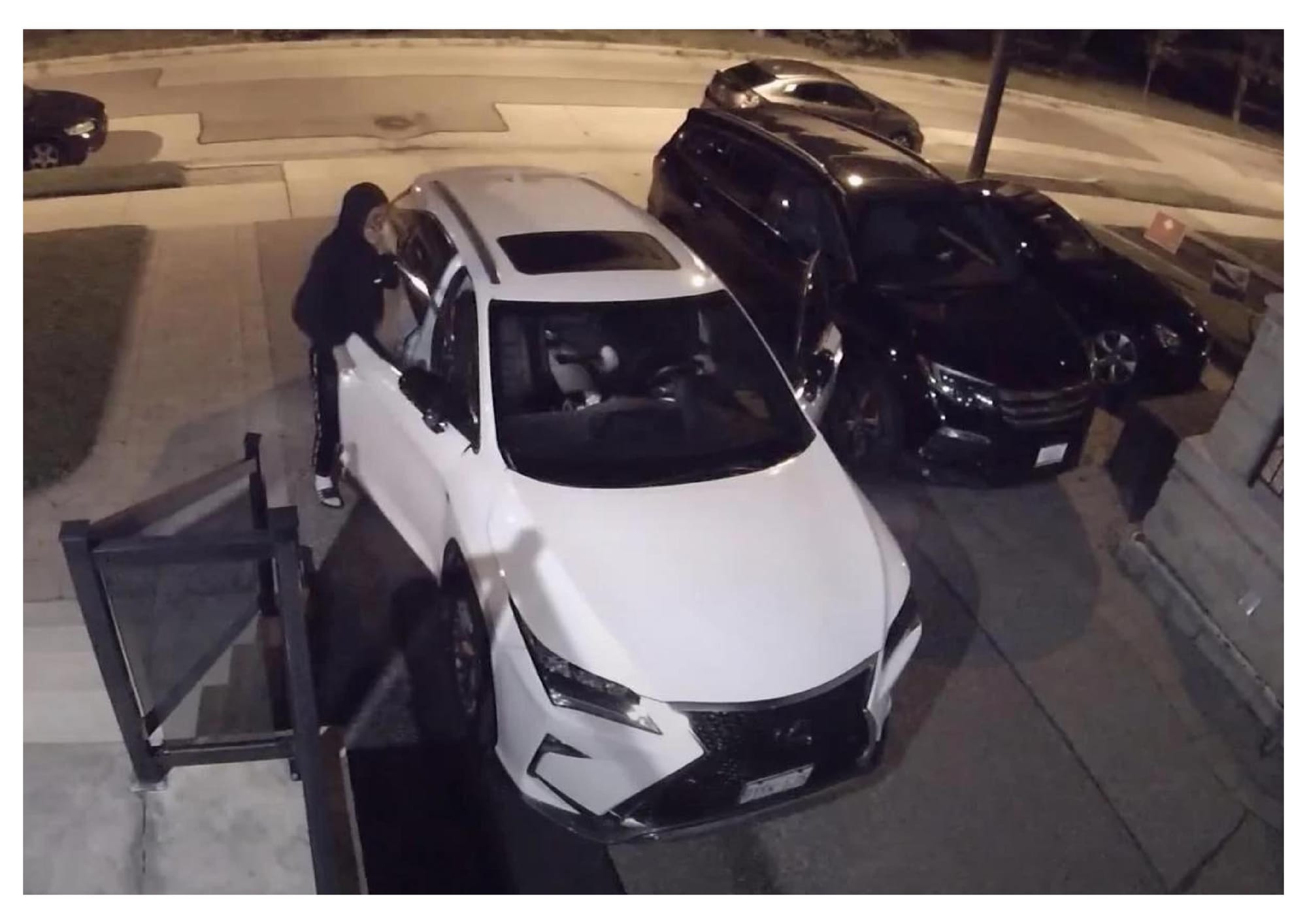Automobile thefts in Western Canada are rising by criminal organisations in Quebec and Ontario.
“With the increasing involvement of violent street gangs, law enforcement can expect a continuing rise in violent carjackings to spread to other jurisdictions,” the report warned fellow police agencies.

Quebec and Ontario organized crime members are travelling to Western Canada to steal valuable vehicles and ship them to Montreal for illicit export sales, a new federal intelligence report says.
“Once generally regarded as a regional issue affecting mainly Ontario and Quebec, vehicle theft has expanded to Western Canada, with Alberta’s number of vehicle thefts now nearing that of Quebec’s, despite an approximately 45% lower population base,” says a report by the Criminal Intelligence Service Canada (CISC), an RCMP-led national criminal intelligence agency.
“At least some of the groups targeting these Western urban areas are believed to be from Ontario and Quebec,” adds the report, which was a special six-page strategic assessment of the growing wave of vehicle thefts in Canada tucked at the end of its December 2023 Report on Organized Crime.
Global News obtained a copy informally under the Access to Information Act.
“With the increasing involvement of violent street gangs, law enforcement can expect a continuing rise in violent carjackings to spread to other jurisdictions,” the report warned fellow police agencies.
Ontario and Quebec crime groups are moving west to dodge Eastern police enforcement and because vehicles from Western Canada “are perceived as less likely to have anti-theft protection,” the report adds.
In 2022 and 2023, Alberta reported 24,588 stolen vehicles compared to Quebec’s 29,705 according to data from Équité Association, a not-for-profit, national organization that tracks crime for insurers.
The CISC report notes the larger number of organized crime groups stealing vehicles overall, with street gangs being “the most prevalent,” has led to more carjackings, putting the public at risk.

“We’re seeing that already the violence has increased. We’ve seen an increase in carjackings and increase in home invasions and an increase in break and enters to steal vehicles, steal keys,” said Ontario Provincial Police Det. Insp. Scott Wade, the deputy director of the OPP’s Provincial Auto Theft and Towing Team.
The CISC report notes that in addition to being at risk of carjacking, a driver also “may be at risk of extortion and robbery” if they are not removed from their vehicle and let go by street gang members, a terrifying experience seen in some countries such as Brazil and South Africa.
But Wade says the police do not want to alarm Canadian consumers. Right now, the situation is scary but nowhere near as bad as in those countries, he said.
Canadian law enforcement agencies just want people to be aware of the problem and take comfort from the knowledge that police in Ontario and across Canada are sharing intelligence and fighting the problem together.
Police define an organized crime group as three or more people engaging in criminal activity for a common purpose. The CISC report states that 78 organized crime groups are now stealing vehicles across Canada, including 63 in Ontario and Quebec.
That’s up 62 per cent compared to 2022, the report said.
The CISC report does not identify any suspects or crime groups involved, but it does reveal that some vehicle thefts are becoming increasingly sneaky and brazen.
“While not yet as prevalent, there are indications that tow trucks are being used to steal vehicles that are parked on the street, a tactic that is believed to raise less suspicion from passersby,” the report noted, saying thefts are occurring at public parking lots, offices, grocery stores and movie theatres.
The report also explains why organized crime is glomming onto vehicle thefts: it’s incredibly financially lucrative for every small and bigger player in the criminal enterprise’s food chain.
WHY ORGANIZED CRIME LOVES VEHICLE THEFT
The CISC intelligence teases apart how structured the organized crime groups stealing vehicles have become – and how lucrative the activities are for bad actors.
Though structures vary, intelligence states each group generally has two tiers: a lower level and a higher level, each of which typically includes three bad actors.





